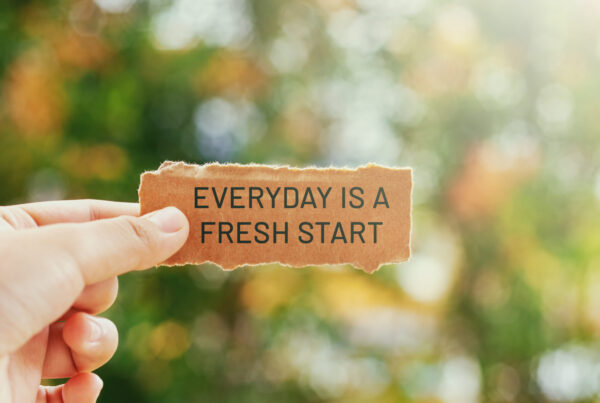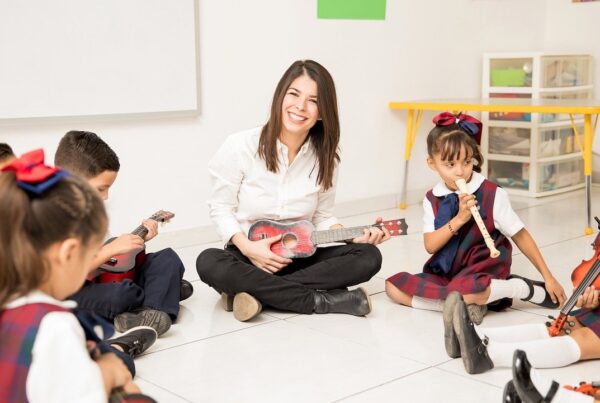Written by: Kalin Goble Mathis, M.S. (she/her/hers)
Empathetic communication allows for deeper connections, clearer communication, and trust-building for stronger relationships. For service providers, professional goals often include understanding people’s experiences, accessing needs, and providing personalized treatment plans and services. Towards these goals, a foundation of service provision is applying empathetic listening daily in work with clients.
Empathy is not just a skill, but a mental and emotional practice. “Empathy, i.e., the ability to understand the personal experience of the patient without bonding with them, constitutes an important communication skill for a health professional, one that includes three dimensions: the emotional, cognitive, and behavioral. It has been proven that health professionals with high levels of empathy operate more efficiently as to the fulfillment of their role in eliciting therapeutic change” (Moudatsou, et al., 2020).
Connecting with Military Families
For civilian providers, it can be difficult to fully understand the experiences and stressors of military life. Military families often face relocations every 2-3 years, ongoing cycles of deployment and reintegration, and other stressors related to the transient lifestyle of the military.
Empathetic practice allows providers, particularly professionals within the civilian realm, to listen and learn from the unique experiences of those infused with military culture. For a comprehensive review of military culture and the nuances of service branches, you can review our Military Culture course.
Empathy in Action
The practice of empathy should transcend beyond the clinical realm. The military has begun a culture shift in identifying empathic practices as a vital piece of effective command. This move toward incorporating empathetic communication in their leadership models can be seen in the U.S. Army’s inclusion of empathy under the character portion of the Army Leadership Requirements Model in 2006 (McDougall, 2019).
While practicing empathy can be an intricate skill set that requires ongoing training for true proficiency, perspective-taking is a technique that can be utilized by adults and teens and taught to children. Thus, discussing easy empathetic techniques can be advantageous for the families you support.
At its core, three main components of empathy are:
- Presence
- Understanding
- Needs guesses
PUN – A Quick Empathetic Practice
In my volunteer work, we use the steps of practicing PUN to teach empathetic communication to teens. Throughout the program, we cycle two teens and pair them with an adult volunteer to exercise these steps.
In action, the components are applied as follows:
- They show presence through active listening. This can be as simple as focusing on the person sharing, making eye contact, and providing some non-verbal response (maintaining eye contact, nodding your head to their story).
- Understanding is applied by repeating what you hear by summarizing what is being shared. The listener will mirror or reflect on what they are hearing shared. For example, if someone shares they were late to school in the morning and continued to have a difficult day, the person providing empathy may mirror back, “I hear you saying you were late to school, and that threw the rest of your day off. Is that right?”
- Responding with care and validating emotions is done through needs-guesses. Needs are universal things that are important to all of us. Participants are prompted to ask, “Is it okay if I take some needs guesses?” Then, they may say, “It sounds like your needs for stability were not met.” Find more on empathy and needs-guesses from the Work Collaboratively organization.
It is also important to acknowledge that sometimes one is not in a place to provide empathy. So, asking if the listener is prepared to provide empathy is important.
In Conclusion…
Developing empathetic skills is valuable across human interactions, experiences, and relationships. It may feel difficult and clunky to practice at first, but the more you (or your clients) practice empathy, the more natural it becomes.
Just like sharpening any tool or strengthening any muscle, empathy is an ongoing practice. It is a journey to a true connection that requires continual education and exercise. Embracing empathy can have profound impacts on the individual and can grow to strengthen the way they navigate and interact with their family and community.
References
Moudatsou, M., Stavropoulou, A., Philalithis, A., & Koukouli, S. (2020). The Role of Empathy in Health and Social Care Professionals. Healthcare (Basel, Switzerland), 8(1), 26. https://doi.org/10.3390/healthcare8010026
McDougall, J. (2019). Empathetic leadership understanding the human domain. Army University Press. https://www.armyupress.army.mil/Journals/Military-Review/English-Edition-Archives/November-December-2019/McDougall-Empathetic-Leadership/
Resources
- OneOp, Practicing Connection Podcast – Empathy in Action: A Framework for Support
- OneOp, Military Culture: A Guide for Extension Professionals
- Work Collaboratively, Empathy: The Powerhouse for Personal and Social Change
Image Attribution: Photo by Katrin Bolovtsova from Pexels













